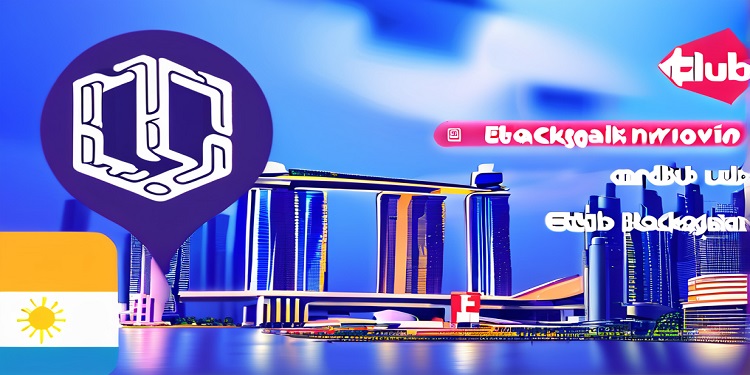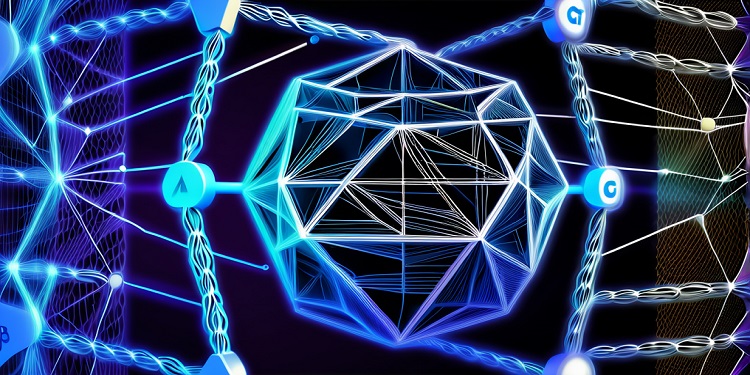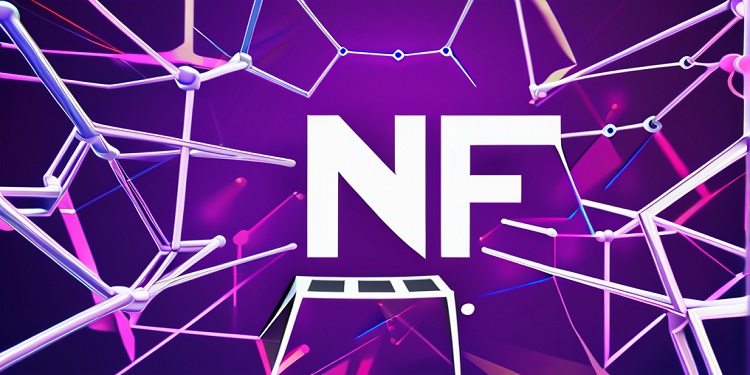In an effort to enhance the accessibility and integration of blockchain transactions into everyday digital platforms, the Solana Foundation has introduced two new developer tools: Solana Actions and blockchain links (blinks). Solana, known for its capability to support mass adoption, is used across various sectors, including finance, non-fungible tokens (NFTs), payments, and gaming.
Introducing Solana Actions
Solana Actions is designed to allow users to execute onchain transactions seamlessly across different platforms, such as websites, social media, and even through physical QR codes. This tool aims to simplify the process for developers by enabling the direct integration of blockchain functionalities into their applications. With Solana Actions, users can perform tasks such as purchasing NFTs, tipping content creators, and staking assets without needing to leave their current platform. This innovation is expected to significantly lower the barriers to entry for blockchain technology, making it more accessible to a broader audience.
The Role of Blinks
Solana blinks complement Solana Actions by turning any action into a shareable link. This feature allows any website that can display a URL to initiate a Solana transaction. Consequently, social media platforms and other websites can facilitate onchain interactions without requiring users to navigate to external sites. The goal of this feature is to make decentralized applications more user-friendly and widely accessible, furthering the adoption of blockchain technology in everyday digital interactions.
Both Solana Actions and blinks are available for immediate integration by businesses into their existing offerings. This immediacy is expected to accelerate the adoption of these tools across various sectors, enhancing the overall user experience and accessibility of blockchain technology.
Mainstream Adoption of Blockchain
Jon Wong, head of ecosystem engineering at the Solana Foundation, highlighted that access to blockchain protocols has traditionally been confined to decentralized applications (dApps) and other wallet-aware tools. He emphasized that the introduction of Solana Actions and blinks allows any website and application on the internet to serve as a distribution point for onchain interactions. This development aligns with the Foundation’s goal of mainstream blockchain adoption by making these technologies more accessible to the general public.
Wong pointed out that these new tools bring blockchain to a wider audience by lowering the barriers to entry, thereby paving the way for broader adoption of blockchain-based transactions. The simplicity and power of these tools are expected to transform how people interact with blockchain technology, making it an integral part of everyday digital experiences.
Chris Osborn, the founder of Dialect, also commented on the significance of Solana Actions and blinks. He noted that these tools fulfill one of the internet’s original promises by making experiences portable, shareable, and actionable across various platforms. He illustrated that from a social media feed, users can engage in activities such as buying NFTs, tipping creators, receiving money, voting, staking, swapping, and more. This capability enhances the versatility and functionality of digital platforms, integrating blockchain transactions into everyday activities.
Conclusion
The introduction of Solana Actions and blinks by the Solana Foundation represents a significant advancement in making blockchain transactions more accessible and seamlessly integrated into everyday digital platforms. By enabling users to execute onchain transactions across various platforms without leaving their current digital environment, and turning actions into shareable links, these tools are set to revolutionize how blockchain technology is utilized. As businesses begin to integrate these tools, the barriers to blockchain adoption are expected to diminish, bringing blockchain technology closer to mainstream acceptance.









